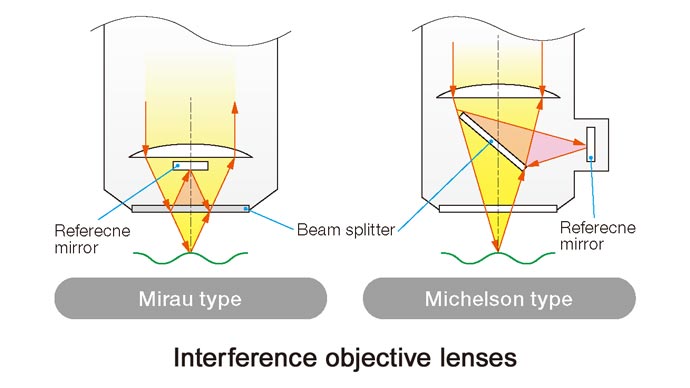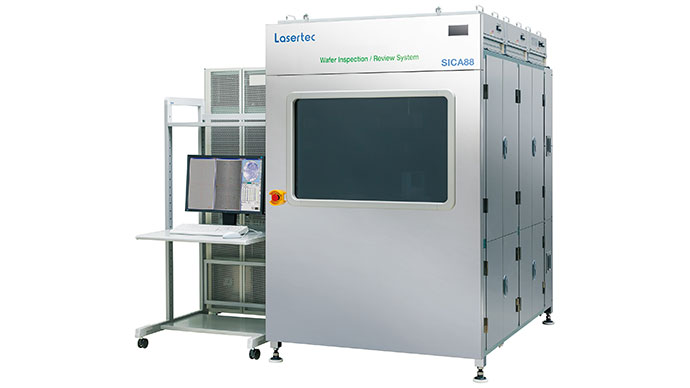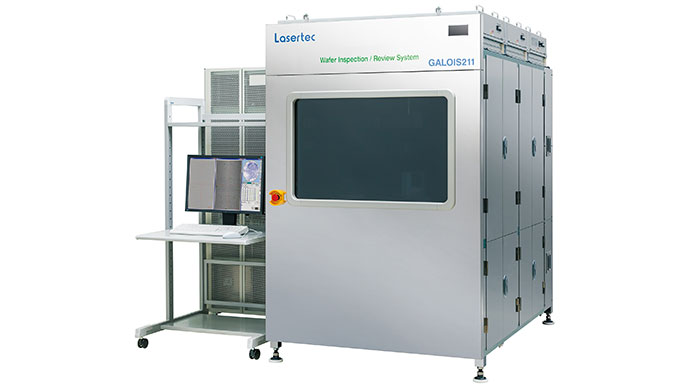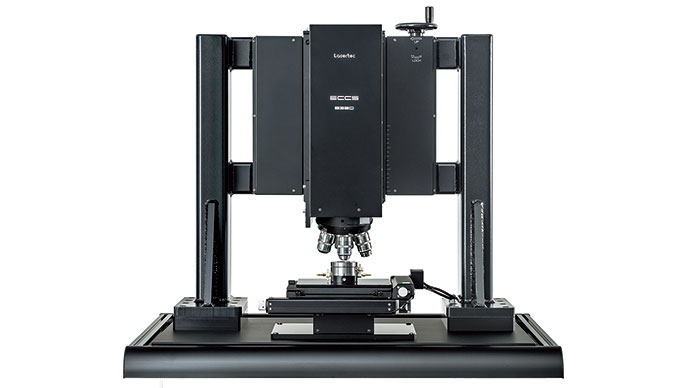Principle of optical interference measurement
Optical interference measurement uses the principle of optical interference to conduct nanometer-scale profile measurement.
Optical interference
Light has properties of wave. When two waves meet, their amplitudes add up. It causes some crests and troughs to be strengthened and others to be cancelled. This phenomenon is called optical interference.
Interferometry
Two-beam interference objective lens splits an optical path into two paths and creates two beams of coherent light. One of the beams is routed towards a sample, and the other towards a reference mirror. When both beams meet again after being reflected by their respective targets, they form interference fringes. An interferometer is used to analyze the interference fringes to measure surface profiles.
An ordinary optical system has only one optical path between the light source and the photodetector. Since no superposition of multiple waves occurs, no interference fringes are formed.
Two-beam interference objective lens
There are two major types of two-beam interference objective lenses (Mirau and Michelson), and both use a beam-splitter to split their optical path (see below). A half of the beam passes through the beam splitter, gets reflected by the sample, and passes through the beam splitter again before reaching the photodetector. This beam is called a sampling beam. The other half of the beam gets reflected by the beam-splitter, then by a reference mirror. It gets reflected by the beam-splitter again before reaching the photodetector. This beam is called a reference beam. The interference lens is designed to have the same length of optical path for both the sampling beam and the reference beam when the sample is in focus.

Interference fringes
An interferometer is designed to have the same length of optical path for both the sampling beam and the reference beam when the sample is in focus. Since there is no phase difference in this case, it causes strong interference and the image brightness becomes maximum. On the other hand, when there is a difference in the length of optical path, it leads to a phase difference between the sampling beam and the reference beam, and the image brightness becomes lower. When the phase difference between the two beams is 180 degrees, the image brightness becomes the lowest. The same effect of interference repeats in a 360-degree cycle, with two beams strengthening and cancelling amplitudes with each other. When you observe a sample using an interferometer, the phase difference changes with the sample's topography throughout the field of view. You can see these changes as stripes of light. They are called interference fringes.
Merits of interference measurement
Optical interference detects the brightness contrast caused by a height change that occurs within half the wavelength of light used for measurement (several hundreds of nanometers). It is therefore capable of detecting height changes with high sensitivity. It achieves superior performance in height resolution regardless of the NA of objective lens. Optical interference measurement provides both a large field of view and high height resolution, compared with confocal microscope measurement.
You might also be interested in





